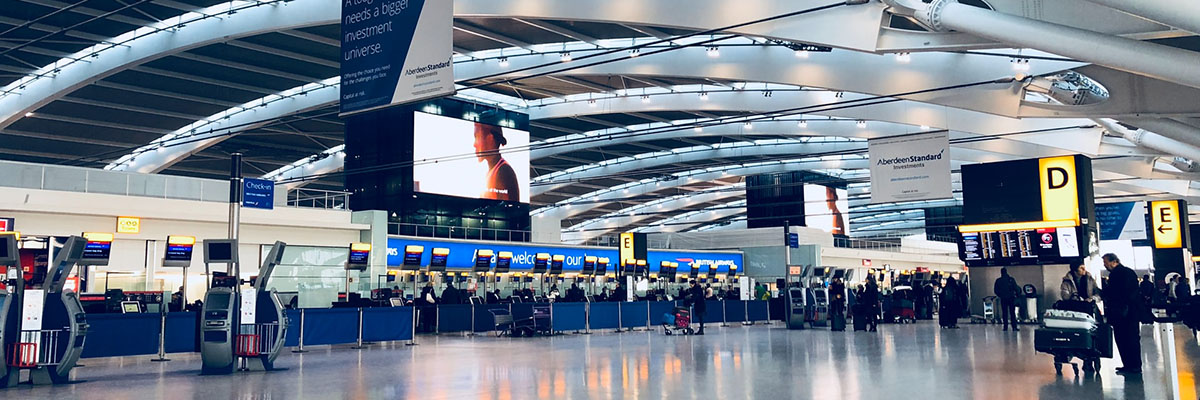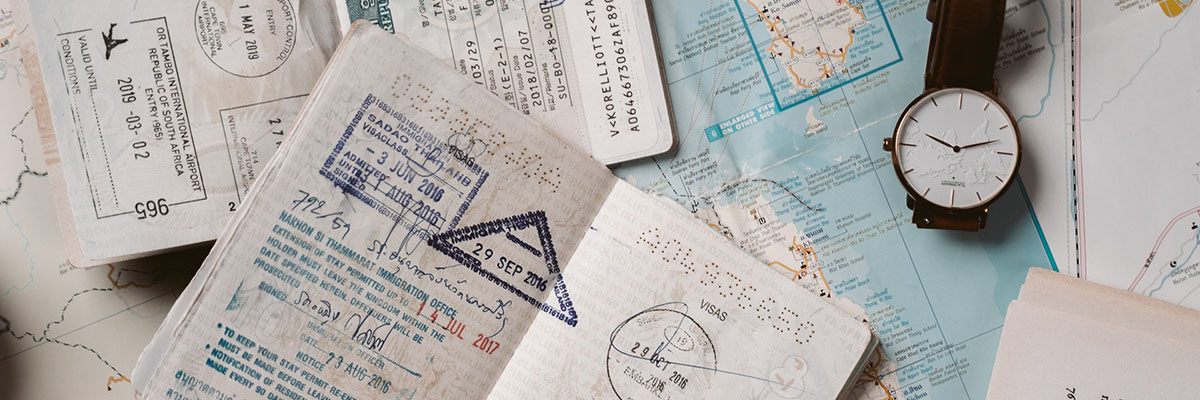Layover: Do I Need A Travel or Transit Visa?

The question in this title is an intriguing one, and often everyone who travels internationally ponders about it. In modern-day travel, citizens of most nations who wish to visit another must first obtain a visa, either a nonimmigrant visa for temporary stay or an immigrant visa for permanent residence. These travel visas tend to have more regulations.
However, a transit visa has predominantly less tedious requirements since their use is limited to a short time. Usually, governments grant these as nonimmigrant visas for persons traveling in immediate and continuous transit through their country while en route to another.
To obtain a transit visa, the traveler has to prove that they have:
• a reasonable basis for the visa
• a valid passport
• a prearranged itinerary or travel route such as an airline ticket
• And proof that they have the right documentation to reach their ultimate destination.
Different Types of Transit Visas
The key factors that affect obtaining these kinds of visas are one’s nationality and destination country. Ordinarily, there are two main types of transit visas:
• Airport transit visa
• Short-stay visa
An airport transit visa permits a passenger to move through an airport’s international zone, without accessing the country’s territory. Not all foreign travelers are subject to these regulations, while some don’t even need a visa. The short-stay type granted to a traveler allows them to venture through the country’s territory but often restricted by the number of entries and the duration of stay.
Do I Need A Travel or Transit Visa?

There are several ways to find out if you do, but the most important is to get informed:
• Online Resources
There is a ton of information online when looking for details about visas. It can be drowning or overwhelming, but an easy solution is to use a website that you should be familiar with, Wikipedia. When you search for “Visa policy of” and add the name of the country on Wikipedia, you get all the necessary information with reference links.
For example, if you want to visit Canada, you can search for on the Visa policy of Canada Wikipedia page. On the page, there is a policy map that allows you to see an overview of Canada’s immigration policy, and you also get to see all the visa exemptions. Additionally, there is information about Electronic Travel Authorization, notices on biometrics, and information on transit visas.
Another reliable resource is the Passport Index. On their website, passortindex.org search for your country’s passport and click on the mobility index, the site then shows you all the countries you can visit visa-free, with an eVisa, with a visa on arrival or where there is a visa required.
• Reach out to the consulate or embassies
Most nations have embassies and consulates in other countries or that serve a particular region of the world. One of the best ways to find out their immigration policy is to call or email them locally. From there, you can start your immigration process. It is also beneficial for you to contact them to confirm the information you might have found online.
Visas Policies and Reasons for Denial
Visa policies were born from the desire to check illegal immigration, reduce security concerns, and retaliation for visa restrictions imposed on their citizens. The most severe restrictions typically fall on citizens of poorer countries, and citizens of politically unstable or undemocratic countries. Visa restrictions can also be unique based on the shared history or international relations between states.
Visa applications must meet requirements for admission or entry under that country’s immigration laws. Otherwise, these applications are prone to denials. Notably, a request is likely to be canceled for avoidable reasons such as has a passport that expires too soon or lack of adequate medical insurance. Red flags for most immigration centers are criminal offenses such as committing fraud, having a criminal record, or being known as a threat to national security.
Visa Exemption Agreements

Although the possession of a valid visa grants for entry into many countries who use it as a critical regulation, visa exemptions can free you from even having to obtain one in the first place. For instance, visa waivers exist for holders of diplomatic passports, and members of the cabin crew such as flight attendants and pilots.
According to the World Tourism Organization, in 2015, the number of tourists needing visas before traveling was at its lowest level ever because some countries have agreements with others that allow each of their citizens’ visa-free travel between their regions.
These reciprocal agreements are conditional and have specific limitations, such as 90-day time restrictions. They are often in place to promote tourism or a share market space. They are usually due to fostering relationships between countries, shared heritage, or joint membership in international organizations.
A well-known example of this is the Schengen Area agreements. Other examples are:
• The United States Visa Waiver Program allows citizens of 38 countries to travel to the United States without a visa
• Any Gulf Cooperation Council (GCC) citizen can enter and stay as long as possible in any other GCC member state, Qatar, Saudi Arabia, and the United Arab Emirates.
• India has individual agreements with both Nepal and Bhutan.
• Nationals from the European Union and EFTA member countries can travel to and stay in all other EU and EFTA countries without a visa.
• In Africa, all citizens of the Economic Community of West African States (ECOWAS) can visit each other’s nations. Likewise, nationals of the East African Community member states do not need visas to gain entry into any of the member states.
• Some countries in the Commonwealth do not require tourist visas of citizens of other Commonwealth countries.
• Residents of member states of the Association of Southeast Asian Nations do not require tourist visas to visit another member state, except for Myanmar.
In conclusion, an excellent recommendation is to check the entry and travel regulations for your destination countries before departure. So make sure to contact the embassy of your connection country for precise information. If you do not respect these regulations, you may pay any fees or fines charged by the authorities or, even worse, end up stranded or having to purchase another flight ticket while losing money on the first.



